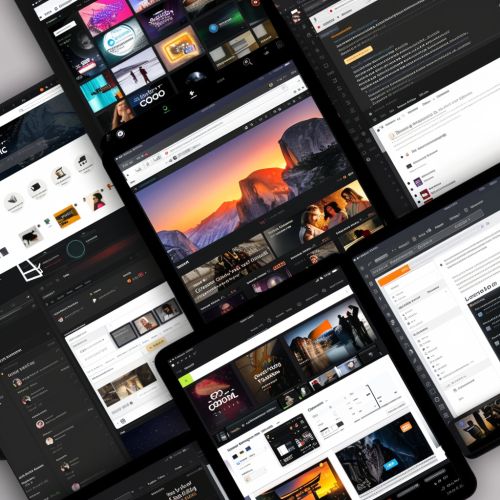BBCode
Introduction
BBCode, or Bulletin Board Code, is a lightweight markup language used to format posts in many message boards and forums. It was introduced as a simpler alternative to HTML, allowing users to format their text without needing to understand complex coding. BBCode is widely used in online communities, providing a standardized way to apply styles such as bold, italics, and links, among other formatting options.
History and Development
BBCode was first introduced in the late 1990s with the rise of online forums and bulletin boards. It was developed to provide a safer and more user-friendly alternative to HTML, which could be exploited for malicious purposes if not properly sanitized. The initial implementation of BBCode was basic, offering only a few tags for simple text formatting. Over time, as forums evolved, so did BBCode, incorporating more complex features such as embedding images, videos, and other multimedia content.
Syntax and Usage
BBCode syntax consists of tags enclosed in square brackets. These tags are used to apply specific formatting to the text enclosed within them. The basic structure of a BBCode tag includes an opening tag, the content to be formatted, and a closing tag. For example, to make text bold, one would use the following syntax:
``` [b]This text will be bold[/b] ```
- Common BBCode Tags
- **Bold**: `[b]text[/b]` - **Italic**: `[i]text[/i]` - **Underline**: `[u]text[/u]` - **Strikethrough**: `[s]text[/s]` - **URL**: `[url]http://example.com[/url]` or `[url=http://example.com]text[/url]` - **Image**: `[img]http://example.com/image.jpg[/img]` - **Quote**: `[quote]text[/quote]` - **Code**: `[code]code snippet[/code]` - **List**: `[list][*]Item 1[*]Item 2[/list]`
Advanced BBCode Features
As BBCode evolved, more advanced features were introduced to enhance user experience and provide greater flexibility in content formatting. These features include nested tags, custom tags, and conditional tags.
- Nested Tags
Nested tags allow users to apply multiple formatting options to the same piece of text. For example, to make text both bold and italic, one would use:
``` [b][i]This text will be bold and italic[/i][/b] ```
- Custom Tags
Some forums allow administrators to create custom BBCode tags tailored to the specific needs of their community. These custom tags can be used to embed unique content types or apply specialized formatting.
- Conditional Tags
Conditional tags enable users to apply formatting based on specific conditions. For example, a conditional tag might display different content depending on whether the user is logged in or not.
Security Considerations
One of the primary reasons for the development of BBCode was to mitigate the security risks associated with HTML. By restricting the types of tags and attributes that users can use, BBCode reduces the likelihood of cross-site scripting (XSS) attacks and other malicious activities. However, it is still essential for forum administrators to implement proper input validation and sanitization to ensure the security of their platforms.
Implementation and Parsing
BBCode is typically implemented on the server side, where the tags are parsed and converted into HTML before being displayed to the user. This process involves several steps:
1. **Tokenization**: The input text is broken down into individual tokens, each representing a BBCode tag or piece of content. 2. **Parsing**: The tokens are analyzed to determine their structure and relationships, ensuring that tags are properly nested and closed. 3. **Conversion**: The parsed tokens are converted into the corresponding HTML elements, applying the desired formatting to the content.
Popularity and Usage
BBCode remains a popular choice for online forums and communities due to its simplicity and ease of use. Many popular forum software packages, such as phpBB, vBulletin, and XenForo, include built-in support for BBCode. Additionally, BBCode is often used in other web applications, such as content management systems and comment sections, where user-generated content needs to be formatted safely and consistently.
Alternatives to BBCode
While BBCode is widely used, it is not the only markup language available for formatting user-generated content. Some alternatives include:
- **Markdown**: A lightweight markup language that emphasizes readability and ease of use. It is commonly used in wikis, forums, and documentation. - **HTML**: The standard markup language for creating web pages. While more powerful and flexible than BBCode, it requires a greater understanding of web development concepts. - **Textile**: A lightweight markup language similar to Markdown, used primarily in content management systems and wikis.
Future of BBCode
As web technologies continue to evolve, the future of BBCode remains uncertain. While it has proven to be a reliable and effective solution for many years, newer markup languages such as Markdown are gaining popularity due to their simplicity and versatility. However, BBCode's widespread adoption and integration into existing platforms ensure that it will continue to be used for the foreseeable future.
See Also


